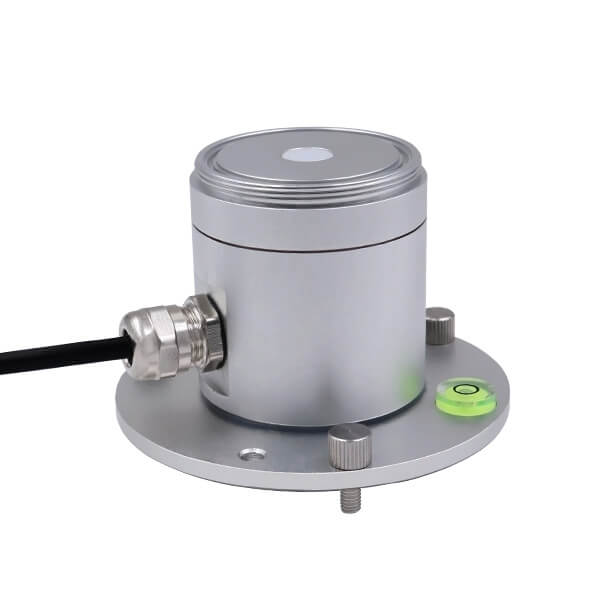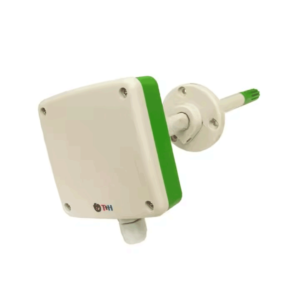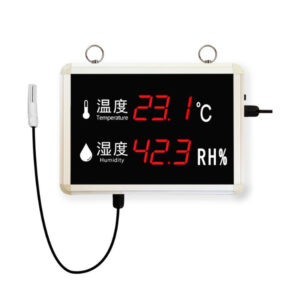Description
| For Downloads | Data Sheet – User Manual – Other Documents – Certificates | |
| Setup Software | Testing Software | |
| For Purchase | Call / WhatsApp / Telegram: +91 8148834200 | |
| For Technical Support | Call / WhatsApp / Telegram: +91 8148834211 | |
PAR Sensor
Photosynthetically active radiation sensors are designed to measure light intensity at frequencies associated with photosynthesis. This PAR sensor has a measurement range of 0 to 2500 µmol/m²/sec and a wavelength range of 400 to 700 nm. The sensor features an all-aluminum shell, ensuring it is waterproof and suitable for long-term outdoor monitoring. It offers various signal output methods, including RS485, 0-5V, 0-10V, and 4-20mA. You can use this sensor alone to monitor radiation driving photosynthesis outdoors.Alternatively, you can integrate it with a fixed weather station. Get accurate and cost-effective measurements of photosynthetically active radiation (PAR) from all light sources used to grow plants
PAR Sensor Features
The PAR (photosynthetically active radiation) sensor adopts the principle of photoelectric induction. The par sensor works on a simple principle. When light is present, it generates a voltage signal proportional to the intensity of the incident radiation. Its sensitivity is proportional to the cosine of the direct angle of the incident light. This PAR sensor uses high-precision photoelectric sensing elements.It has high absorption in the 400-700nm spectral range and offers good stability. The shell undergoes special treatment to reduce dust adsorption.This effectively prevents the external environment from damaging the internal components. Researchers widely use it in meteorology, agriculture, air pollution, and other fields
Parameters – PAR Sensor
| Power supply | 7V~30V DC |
| Output signal | RS485/4~20mA/0-5V/0-10V |
| Power consumption | 485 output: 0.06W, 4~20mA/0~5V/0~10V: 0.7W |
| Working temperature | -30℃~75℃ |
| Response spectrum | 400nm~700nm |
| Measuring range | 0~2500μmol/㎡·s |
| Resolution | 1μmol/㎡·s |
| Accuracy | ±5%(1000umol/㎡·s, @550nm,60%RH,25℃) |
| Response time | 0.1s |
| Linearity | ≤±1% |
| Annual stability | ≤±2% |





